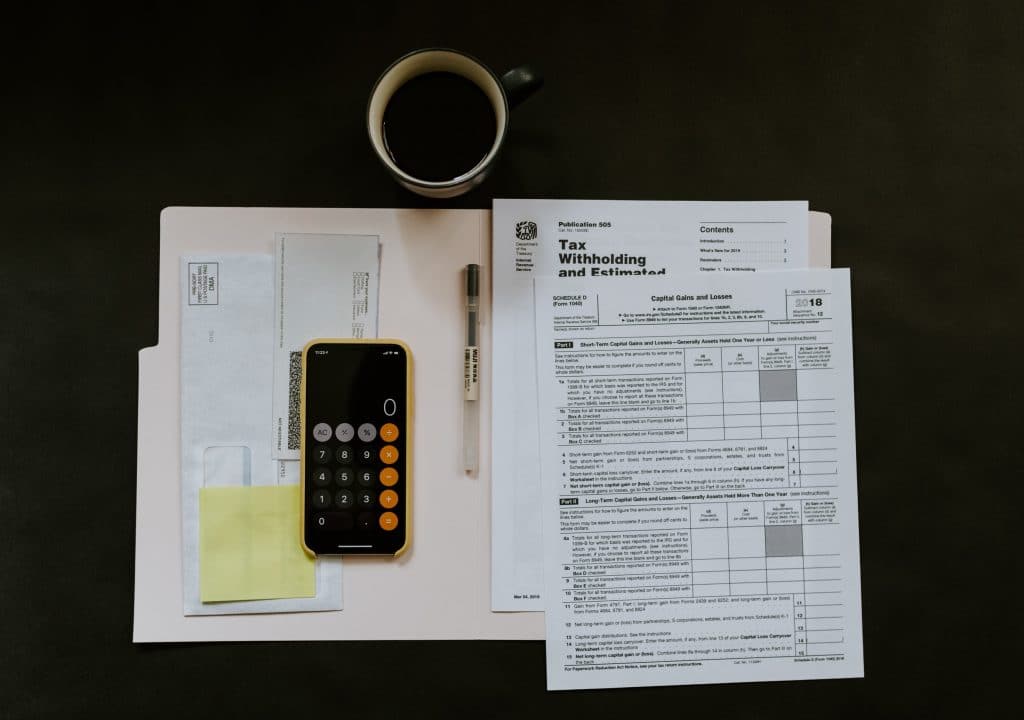Lo & behold, Taxpayers! The tax-saving season is upon us– count your blessings and prepare to save tax on them. There will be no better time than now to contemplate- where’s all my money going?
As we near the end of March, we become protective of our money. It’s also an appraisal season for some, so the urge to up the portfolio might also be high.
More money means a more restrictive tax bracket. But a wise investor knows how to turn such opportunities into long-term wealth creation instruments. There’s plenty to be done in the process, but let’s start with the basics.
Sooner or later, the tax lords are coming for your money. Although you can reclaim it, it’s easier to avoid the hassle altogether with efficient tax-saving hacks.
How to choose the right tax saver?
The first step towards building an investment portfolio is goal-setting. Your friend’s portfolio, however lucrative, might not work well for you. Neither are those hot tips from influencers going to secure your future.
One must set their financial goals with much consideration for factors like age, risk appetite, liabilities, and dependents.
What you will have ready now is a beginner’s portfolio, don’t settle just yet. Because you might not have learned all about interests, commissions, and the most dreadful of them-taxes, yet.
3 lenses to analyze your tax-saving strategy:
- Safety – Does it secure your future?
- Liquidity- Are there sufficient liquid assets?
- Returns- Are some of your tax-saving funds offering good returns?
Your investments should serve two goals:
- Lower tax burden
- Grow portfolio
We’ll talk about the former with some consideration to the latter.
Here’s how you can diversify your tax-saving regime:
1. Mutual Funds
There are two ways to invest in Mutual funds- SIP & Lump sum.
Systematic Investment Plans (SIPs) help manage cash flow by putting your money to work sooner. By starting early and as low as with Rs.500, you can reap the benefits of compounding. It not only helps save tax but also grows wealth over time. Lump-sum investments mean investing a substantial amount at one go instead of recurring installments. They usually have an upper hand in rising markets.
2. Equity-linked savings schemes (ELSS)
ELSS has two differentiating features – they have the shortest lock-ins (3 years) and they are tax-free. ELSS allows you the flexibility to save for short-term goals such as weddings, car purchases, or even save for a rainy day. ELSS invests in stocks, so the risk rate is considerably higher.
ELSS makes you qualified for tax benefits for up to a limit of Rs 1.5 Lakh a year. Only gains made above Rs 1 lakh per annum are subject to tax whereas any gains made below that limit in one FY remain tax-exempt.
Did you know?
The ELSS category offered an average return of around 15% over last 10 years. Source: Economic Times
Read about the last-minute mistakes to avoid while investing in ELSS, here.
3. Employee Provident Fund (EPF)
EPF covers your finances after retirement. The employee has to pay 12% of their basic salary while the employer matches the contribution equally. You get the total of both along with interest post-retirement.
The EPF currently offers guaranteed returns of 8.50 percent per annum– higher than any other similar debt investment scheme. It is also tax-free on retirement so long as the annual contribution does not exceed Rs 2.5 Lakh.
4. Public Provident Fund (PPF)
What’s one great and not-so-great fact about PPF?
-It is beneficial for long-term goals and especially when the inflation-adjusted target amount is high. It currently returns 7.1 percent per annum (for the quarter ending March 31, 2022)
-It has the longest lock-ins among tax-saving investments. One cannot make any withdrawals until the 6th year.
Note:
Both EPF and PPF are long-term ones and therefore not liquid. The minimum annual amount required to keep the account active is Rs 500, and the maximum amount that can be deposited in a financial year is Rs 1.5 Lakh.
5. Health insurance
Investing in health insurance not only gives you financial protection against medical emergencies but also saves tax under Section 80D.
It’s advised not to mix insurance with investment. You can buy one policy with max coverage to insure yourself and invest in another lucrative option with good returns. A single, costly insurance policy might prevent you from investing in other goals.
Interested in how we think about the markets?
Read more: Zen And The Art Of Investing
Watch/hear on YouTube:
Start investing through a platform that brings goal planning and investing to your fingertips. Visit kuvera.in to discover Direct Plans and Fixed Deposits and start investing today.
#MutualFundSahiHai #KuveraSabseSahiHai! #AskUsAnything #PersonalFinance

